Growing Zucchini from Seeds | Seed Starting to harvest Guide
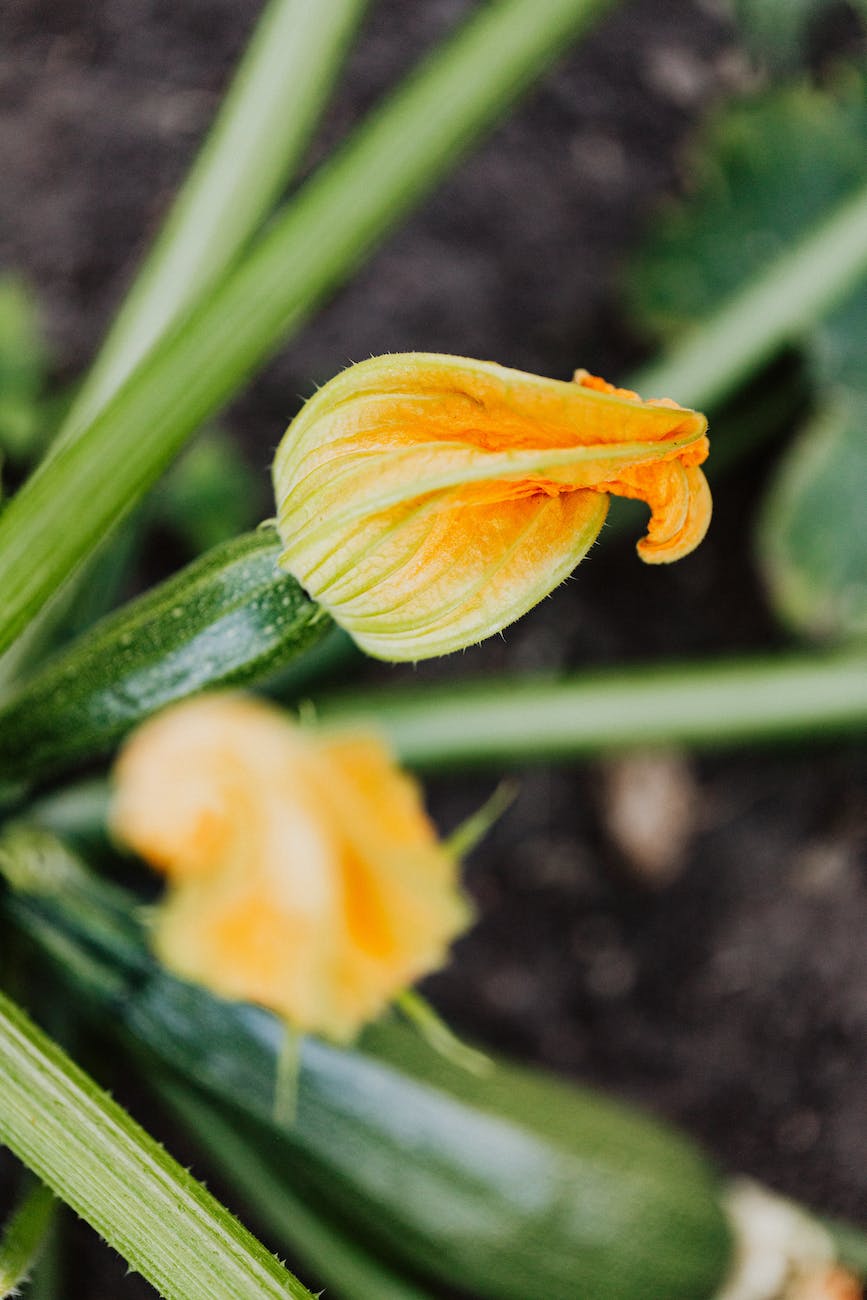
Zucchini is a summer squash that is easy to grow and produces abundant fruit. It can be grown in the ground or in containers, making growing zucchini from seeds a versatile option for home gardeners and a great squash to add to your vegetable garden this year!
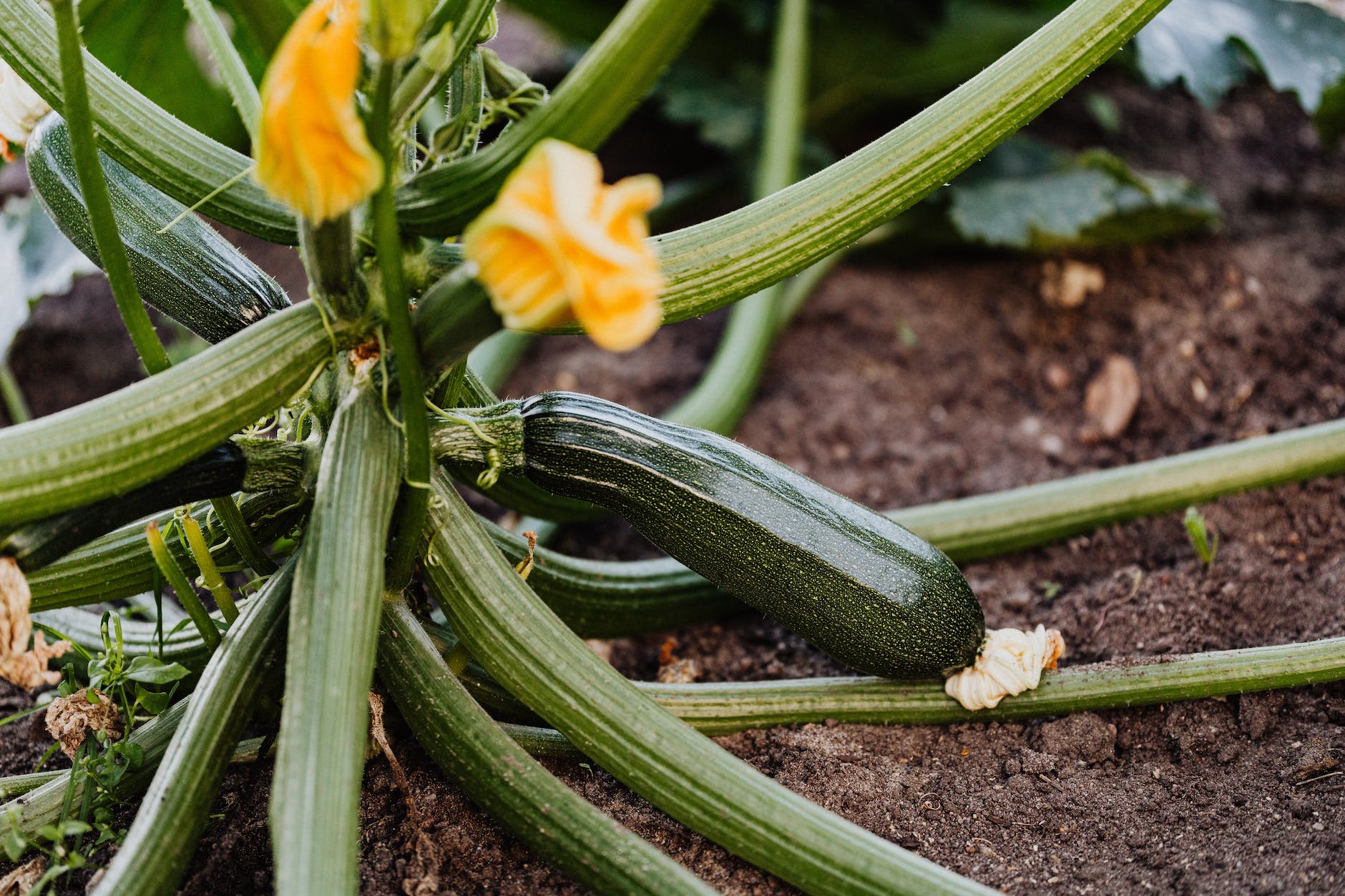
Zucchini History and Facts
Also known as Courgette, it is a summer squash that has been cultivated for centuries. Its origins can be traced back to Mesoamerica, where it was domesticated by indigenous peoples over 7,000 years ago.
It is a relatively new vegetable in the culinary world. It was not until the early 20th century that zucchini began to be widely consumed. Before that, it was primarily used as an animal feed. Crazy right!
Zucchini became more popular in the United States in the 1960s and 1970s, as people began to look for healthier and more nutritious foods. Today, zucchini is one of the most popular summer vegetables in the world.
It is delicious and can be enjoyed in so many different dishes. It is a good source of vitamins, minerals, and fiber. Zucchini is also low in calories and fat, making it a healthy choice for people of all ages. Read to the bottom to find a delicious recipe for your zucchini blossoms!
Growing Zucchini from Seeds
First things first! Do you need to start seeds indoors or outdoors? Unsure? Read further to learn benefits of each!
Starting Zucchini seeds indoors early
- Advantages:
- You can get a jump start on the growing season and have larger, more mature plants to transplant outdoors when the weather is warmer.
- You can control the environment, including the temperature, humidity, and light, which can help to improve germination rates and seedling growth.
- You can start seeds for plants that are sensitive to cold weather or have a long growing season.
- You can protect young seedlings from pests where outdoors they’d be susceptible to those pesky critters
- Disadvantages:
- It requires more space and equipment and money than starting seeds outdoors.
- It can be more time-consuming and labor-intensive.
- Seedlings can become leggy if they are not given enough light.
- Seedlings can become stressed when they are transplanted outdoors, which can stunt their growth.
Growing Zucchini seeds outdoors
- Advantages:
- It is easier and less labor-intensive than starting seeds indoors.
- Seedlings are exposed to natural light and conditions from the start, which can help to harden them off and make them less susceptible to pests and diseases.
- Seedlings do not need to be transplanted, which can help to reduce stress and improve plant growth.
- Disadvantages:
- You cannot get a jump start on the growing season, so you will need to wait until the weather is warm enough to sow the seeds outdoors.
- You cannot control the environment, so the germination rates and seedling growth may be lower than if you started the seeds indoors.
- Some plants are not suited for direct sowing outdoors, such as those that are sensitive to cold weather or have a long growing season.
Which method is best for you?
The best method for growing zucchini from seeds depends on your personal preferences and growing conditions. If you have a short growing season, live in a cold climate, or want to grow plants that are sensitive to cold weather like zucchini, then starting seeds indoors is the best option. If you have a long growing season, live in a warm climate, then it many not be necessary for you to start seeds early indoors
Here are some additional tips for growing zucchini from seeds:
- Choose high-quality Zucchini seeds from a reputable source.
- Sow the seeds at the correct depth and spacing.
- Keep the soil moist but not soggy.
- Provide the seedlings with enough light.
- Fertilize the seedlings regularly.
- Harden off the seedlings before transplanting them outdoors

How to Choose Zucchini Seeds to grow
There are many different varieties of zucchini available, so it is important to choose one that is suited to your climate and growing conditions. Some popular varieties include:
- Black Beauty: This variety produces dark green fruit with a firm texture.
- Costata Romanesco: This variety has ribbed fruit with a mild flavor.
- Gold Rush: This variety produces yellow fruit with a sweet flavor.
- Grey Stripe: This variety has striped fruit with a mild flavor.
- Zucchini Tromboncino: This variety produces long, slender fruit with a mild flavor.
Bush Types of Zucchini
There are many different varieties of zucchini available, but some of the most popular bush varieties include:
- Black Beauty
- Bush Baby
- Eight Ball
- Patio Star
- Raven
Bush varieties of zucchini are ideal for small gardens or for growing in containers. They are also a good choice for gardeners who want to harvest zucchini early in the season.
Here is a brief description of each variety:
Black Beauty is a popular variety that produces dark green fruit with smooth skin and firm texture. It is a good all-purpose zucchini that can be eaten fresh, cooked, or frozen.
Bush Baby is a compact variety that produces light green fruit with a mild flavor. It is a good choice for small gardens or for growing in containers.
Eight Ball is a unique variety that produces round, green fruit with a mild flavor. It is a good choice for gardeners who want to try something different.
Patio Star is a compact variety that produces golden yellow fruit with a sweet flavor. It is a good choice for gardeners who want to grow zucchini in containers.
Raven is a hybrid variety that produces dark green fruit with a smooth skin and firm texture. It is a good all-purpose zucchini that is resistant to powdery mildew.
No matter which variety you choose, bush zucchini is a delicious and versatile vegetable that can be enjoyed in a variety of dishes.

How To grow Zucchini Seeds Early Indoors:
- Zucchini seeds
- Seedling trays or small pots
- Potting mix
- Water
- A sunny spot to grow your zucchini plants
Instructions:
- Fill your seedling trays or pots with potting mix.
- Plant two to three zucchini seeds in each pot, about 1 inch deep.
- Water the seeds well.
- Place the seedling trays or pots in a sunny spot.
- Keep the soil moist but not soggy.
- The zucchini seeds should germinate within 1-2 weeks.
- Once the seedlings have a few true leaves, thin them to one plant per pot.
- When the zucchini plants are about 6 inches tall, you can transplant them to your garden.
Transplanting zucchini seedlings:
You can plant young plants in your garden when you have warm weather and the soil temperature has warmed to at least 60 degrees Fahrenheit and your last frost date and/ or danger of frost has passed.
To check the soil temperature, insert a soil thermometer 2-3 inches into the soil. If the temperature is at least 60 degrees Fahrenheit, it is safe to plant your zucchini seedlings.
This is typically in late spring or early summer, depending on your climate.
- Choose a sunny spot in your garden with well-drained soil.
- Amend the soil with compost or manure.
- Space the zucchini plants 2-3 feet apart.
- Dig a hole that is twice as wide as the root ball of the plant.
- Place the zucchini plant in the hole and backfill it with soil.
- Water the plant well.
Here are some tips for planting zucchini seedlings:
- Choose a sunny spot in your garden with well-drained soil.
- Amend the soil with compost or manure before planting.
- Space the zucchini seedlings 2-3 feet apart.
- Water the zucchini seedlings well after planting.
How to Grow Zucchini In Containers
Growing zucchini in pots is a great option for gardeners with limited space or poor soil quality. Zucchini plants are relatively shallow-rooted, so they can be grown in pots that are at least 12 inches deep and 18 inches wide. You can plant them in bigger pots if you’d like. There’s no rules it’s your garden!
Here are some tips for growing zucchini in pots:
- Choose a pot that is made of a durable material, such as terracotta or plastic.
- Fill the pot with a well-draining potting mix and add in compost.
- Plant the zucchini seeds at a depth of 1 inch. You can also use seedlings if you opted to start seeds indoors.
- Water the zucchini plants regularly, especially during hot weather. If you plant in Terra Cotta you will need to water almost daily.
- Fertilize the zucchini plants every two weeks with a balanced fertilizer.
- Mulch around the zucchini plants to help retain moisture and suppress weeds. Yes even in pots mulching the soil is a good idea.
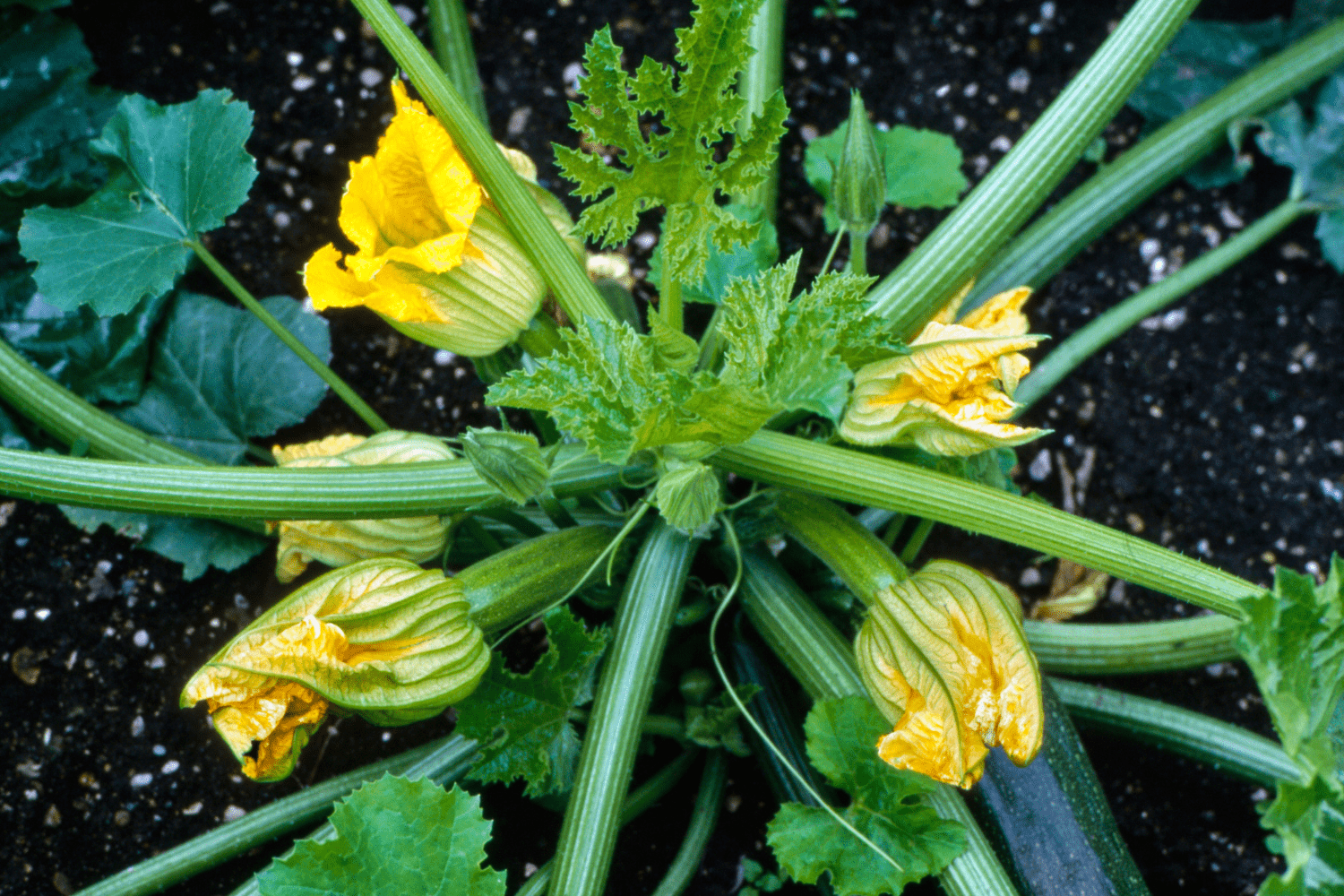
Growing zucchini in the ground
Growing zucchini in the ground is the most common way to grow this vegetable. Zucchini plants need full sun and well-drained soil.
To plant zucchini directly in the ground, choose a sunny spot with well-drained soil. Amend the soil with compost or manure before planting. Space the zucchini plants 2-3 feet apart.
Before you plant your zucchini
Zucchini plants need well-drained soil with a pH of 6.0 to 7.0. To prepare your soil for planting zucchini, you should:
- Test your soil. This will help you to determine the pH of your soil and whether any nutrients need to be added.
- Amend your soil. If the pH of your soil is too low, add lime to raise it. If the pH of your soil is too high, add sulfur to lower it. Add organic matter like compost to your soil to improve drainage and fertility.
- Till or turn your soil. This will help to loosen the soil and remove any weeds or debris.
- Create mounds or hills for planting. This will help to improve drainage and prevent the roots of the zucchini plants from rotting.
Here are some tips for direct seeding zucchini in the ground:
- Plant the zucchini seeds at a depth of 1 inch and 12 inches apart.
- Water the zucchini plants regularly, especially during hot weather.
- Fertilize the zucchini plants every two weeks with a balanced fertilizer.
- Mulch around the zucchini plants to help retain moisture and suppress weeds.
Pros and Cons of growing zucchini in pots VS in the ground
Pots:
- Pros:
- More portable
- Can be grown in sunny spots with poor soil quality
- Cons:
- Require more frequent watering and fertilizing
- May not produce as much fruit as plants grown in the ground
Ground:
- Pros:
- More space for roots to grow, resulting in larger plants and more fruit
- Less frequent watering and fertilizing required
- Cons:
- Less portable
- May be more susceptible to pests and diseases
Which method is best for you?
The best method for growing zucchini depends on your individual needs and preferences. If you have limited space or poor soil quality, then growing zucchini in pots is a good option. If you have plenty of space and good soil quality, then growing zucchini in the ground is a good option.
Caring for zucchini plants
Water zucchini plants regularly, especially during hot weather. Zucchini plants are susceptible to many pests and diseases, so be sure to inspect them regularly.
Zucchini plants are typically ready to harvest in about 6-8 weeks after planting. Zucchini can be eaten fresh, cooked, or frozen. It is a versatile vegetable that can be used in a variety of dishes, such as stir-fries, soups, stews, and baked goods.
Fertilizing Zucchini Plants
Zucchini plants are heavy feeders, so it is important to fertilize them regularly to ensure they have enough nutrients. A balanced fertilizer that is high in nitrogen is ideal for zucchini plants. Nitrogen is essential for leafy growth, and zucchini plants need plenty of large leaves to produce fruit. The bigger the leaves the more opportunity for photosynthesis.
You can fertilize zucchini plants every two weeks with a balanced fertilizer diluted to half-strength. You can also side-dress the plants with compost or manure every few weeks.
Here are some tips for fertilizing zucchini plants:
- Fertilize zucchini plants in the morning, when the soil is moist.
- Water the zucchini plants well after fertilizing.
- Do not over-fertilize zucchini plants, as this can damage the plants.
- If you are using a synthetic fertilizer, follow the directions on the label.
Here are some specific fertilizer recommendations for zucchini plants:
- Organic: Fish emulsion, kelp meal, and worm castings are all good organic fertilizers for zucchini plants.
- Synthetic: A balanced fertilizer with an NPK ratio of 10-10-10 is ideal for zucchini plants.
How to side-dress zucchini plants
The best way to side-dress zucchini plants is simply to apply compost or manure to the soil around the base of the plants. Be careful not to apply compost or manure directly to the stems of the plants, as this can cause root rot.
Water the zucchini plants well after side-dressing.
By following these tips, you can fertilize your zucchini plants properly and ensure healthy plants and a bountiful harvest.

Hand Pollinating Zucchini Plants
Hand pollination of squash is necessary when there are not enough pollinators in the area or when the weather conditions are not conducive to pollination.
Pollinators are essential for the production of squash fruit. They transfer pollen from the male Zucchini flower to the female zucchini flower, which allows the fruit to develop. However, if there are not enough pollinators in the area or if the weather is too cold or windy, pollination may not occur.
Hand pollination is a simple and effective way to ensure that your squash plants are pollinated and produce a bountiful crop.
Here are some of the benefits of hand-pollinating squash:
- Increased zucchini fruit production: Hand pollination can increase fruit production by up to 30%.
- Improved fruit quality: Hand pollination can improve the quality of your squash fruit by reducing the risk of blossom end rot and other problems.
- Earlier fruit production: Hand pollination can lead to earlier fruit production, especially in cooler climates.
- Greater control: Hand pollination gives you greater control over the pollination process, which can be helpful if you are growing specific varieties of squash.
If you are considering hand-pollinating your squash plants, here are a few tips:
- Identify the male and female flowers: Male flowers have long, slender stems and open flowers with stamens. Female flowers have shorter, thicker stems and closed flowers with pistils.
- Collect pollen from the male flowers: To collect pollen, brush the stamens of a male flower with a small brush or your finger.
- Transfer the pollen to the female flowers: To transfer the pollen, brush it onto the pistil of a female flower.
- Repeat the process for each female flower: You may need to repeat the process for each female flower several times to ensure that pollination occurs.
Hand-pollinating squash is a simple and effective way to increase your fruit production and improve the quality of your squash harvest.
There are two main ways to pollinate squash: by hand or by attracting pollinators to your garden. You just learned how to hand pollinate so let’s talk about how to attract more pollinators.
Attracting pollinators to your garden
Pollinators, such as bees, butterflies, and moths, are essential for good pollination of your squash plants. You can attract pollinators to your garden by planting flowers that bloom at the same time as your squash plants. Plant flowers near your squash plants to make sure the pollinators are close by.
Some good flower options to plant include:
- Borage
- Calendula
- Cosmos
- Dill
- Lavender
- Marigolds
- Nasturtiums
- Sunflowers
You can also provide pollinators with a place to nest by building or buying a bee house.
Zucchini are relatively easy to grow, but there are a few common problems that gardeners may encounter.
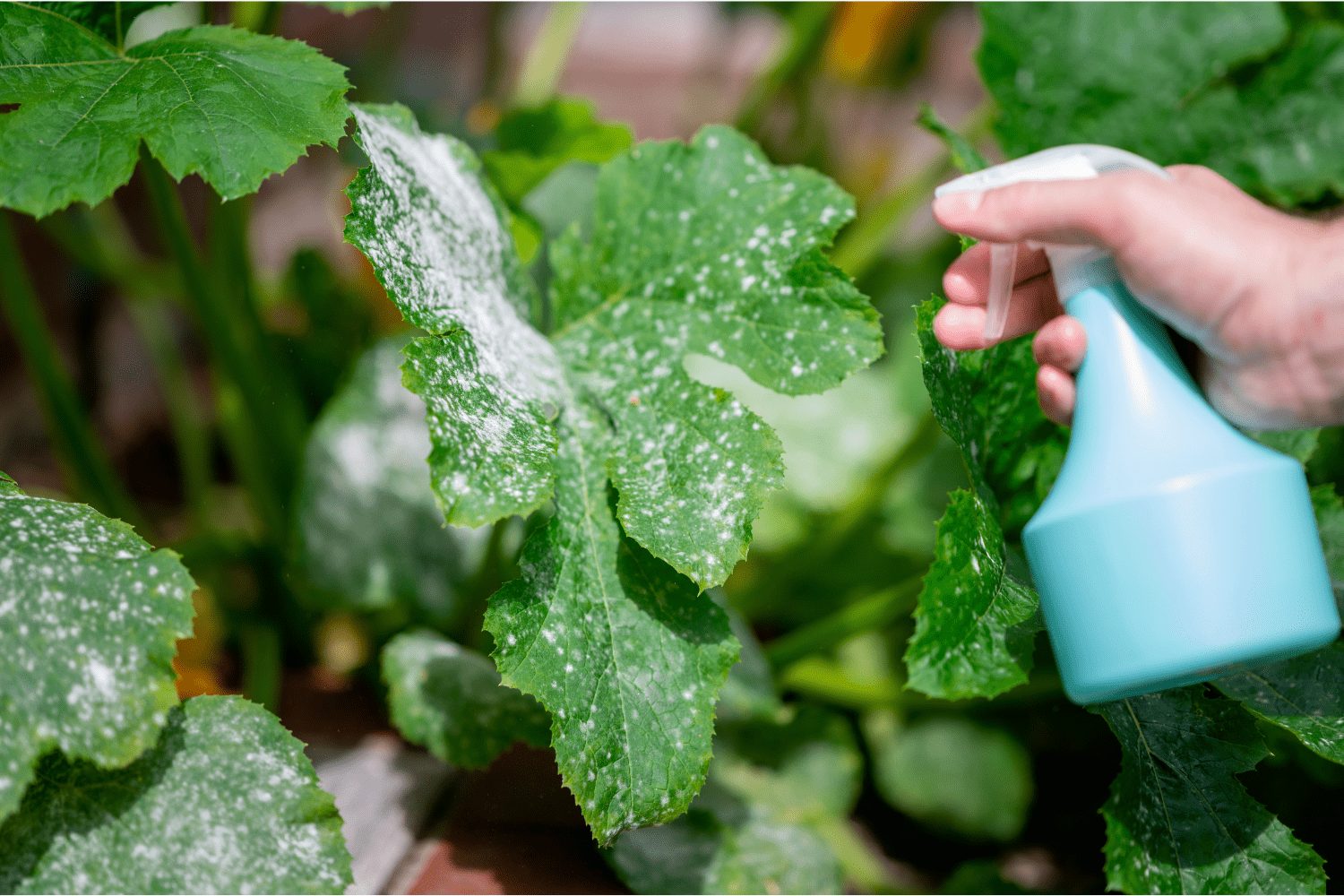
Common Zucchini Pests and diseases
Zucchini plants are amazing but they are not without issues. It’s better to learn about them now then to walk outside and see your plant destroyed. Here are some of the issues that plague the Zucchini:
- Squash vine borers: The larvae of these moths tunnel into the stems of zucchini plants, causing them to wilt and die.
- Cucumber beetles: These beetles can damage zucchini plants and transmit diseases.
- Aphids: These small, sucking insects can feed on zucchini plants and sap their vitality.
- Powdery mildew: This fungal disease causes a white powdery coating to form on the leaves of zucchini plants.
- Downy mildew: This fungal disease causes yellow spots to form on the leaves of zucchini plants.
To prevent and control pests and diseases, it is important to inspect your zucchini plants regularly and take action as soon as you see any problems. You can use insecticidal soap or neem oil to control pests, and you can use fungicides to control diseases.
More problems:
Other common problems that gardeners may encounter when growing zucchini include:
- Blossom end rot: This condition is caused by a calcium deficiency and results in a brown, sunken area on the end of the fruit. To prevent blossom end rot, water your zucchini plants regularly and fertilize them with a balanced fertilizer.
- Overwatering: Zucchini plants are susceptible to root rot, which is caused by overwatering. Water your zucchini plants regularly, but be careful not to overwater them.
Harvesting zucchini:
- Zucchini are ready to harvest when they are 6-8 inches long and 2-3 inches in diameter.
- Use a sharp knife to cut the zucchini from the vine.
- Zucchini can be stored in the refrigerator for up to a week.
Before you go:

Zucchini Squash blossom Recipe!
Zucchini squash blossoms are a delicious and edible part of the zucchini plant. They can be used in a variety of dishes, such as soups, stews, fritters, and pasta dishes.
Ingredients:
- 12 zucchini squash blossoms
- 1 cup all-purpose flour
- 1 teaspoon baking powder
- 1/2 teaspoon baking soda
- 1/4 teaspoon salt
- 1/4 teaspoon black pepper
- 1/2 cup milk
- 1 egg
- 1/4 cup vegetable oil
Instructions:
- Rinse the zucchini squash blossoms under cold water and pat dry. Remove the pistils from the center of the blossoms.
- In a medium bowl, whisk together the flour, baking powder, baking soda, salt, and pepper.
- In a separate bowl, whisk together the milk and egg.
- Add the wet ingredients to the dry ingredients and whisk until just combined.
- Dip the zucchini squash blossoms in the batter, one at a time.
- Heat the vegetable oil in a large skillet over medium heat.
- Fry the zucchini squash blossoms in the hot oil until golden brown on both sides, about 2-3 minutes per side.
- Drain the zucchini squash blossoms on a paper towel-lined plate.
- Serve the zucchini squash blossoms immediately with your favorite dipping sauce.
Safety guidelines:
- Be careful when handling hot oil.
- Do not overcook the zucchini squash blossoms, or they will become tough.
- Serve the zucchini squash blossoms immediately to enjoy their fresh flavor.
This was a lot of information about growing Zucchini from seeds. I know gardening can be overwhelming but once you get the hang of it you’ll be a gardening pro!
Happy Gardening!



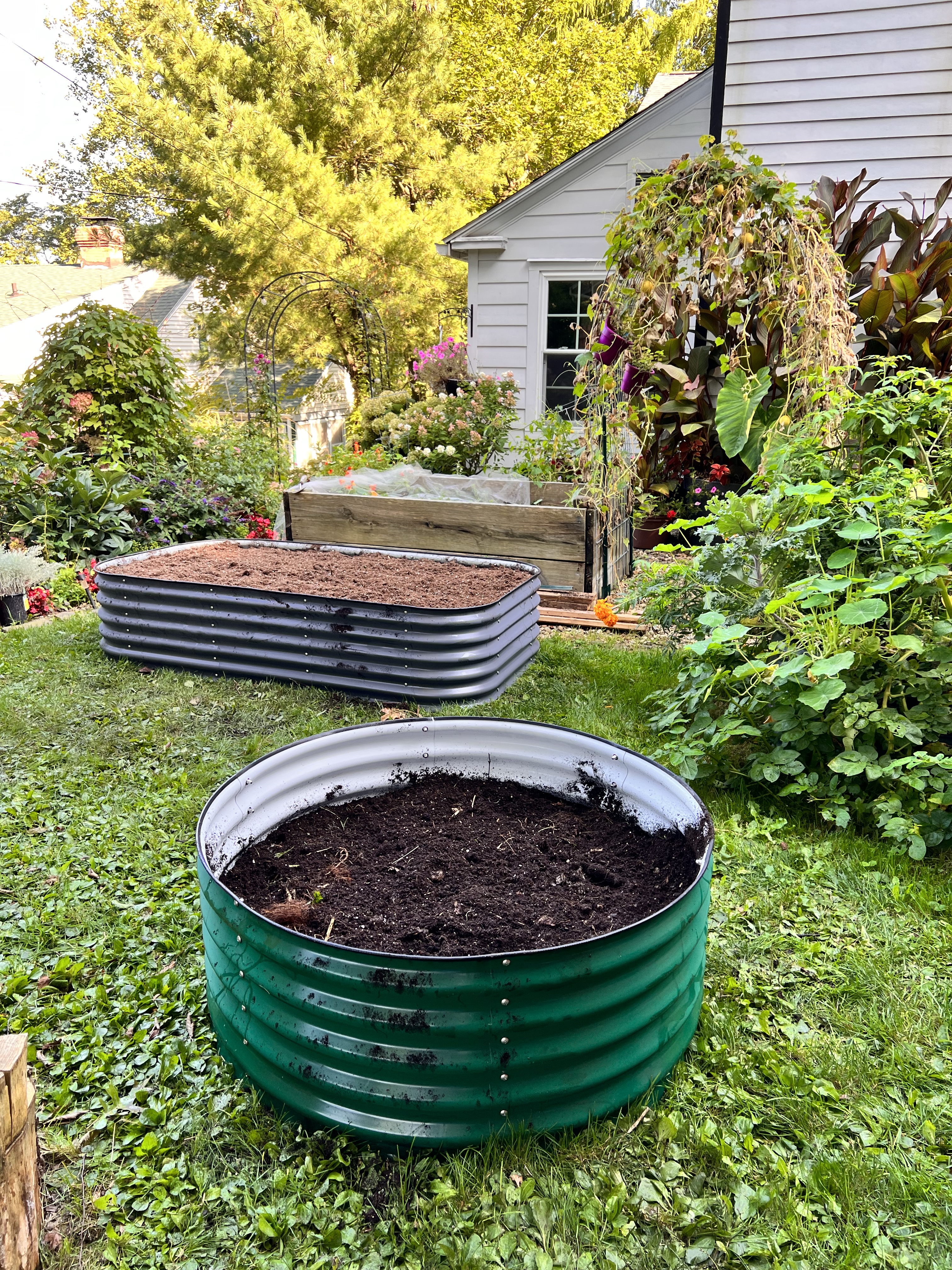




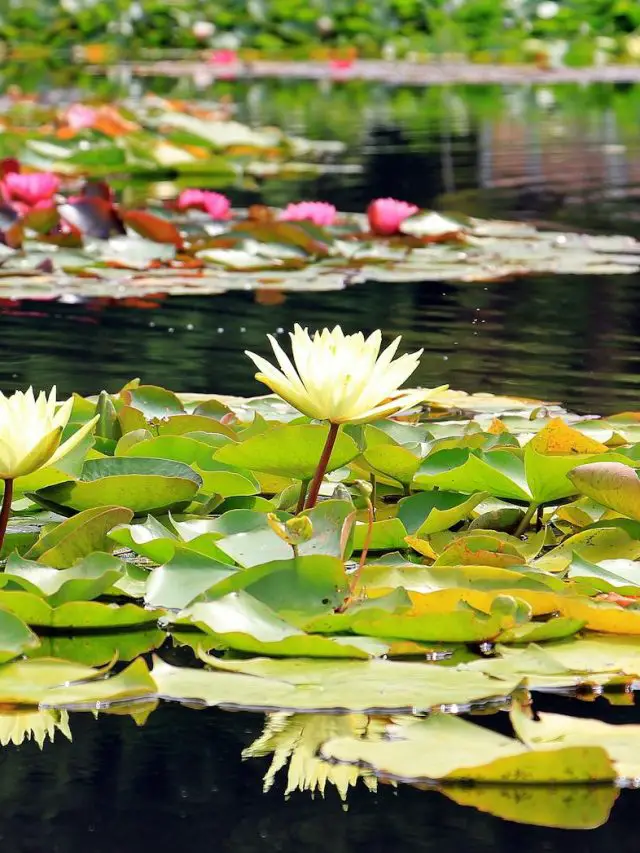
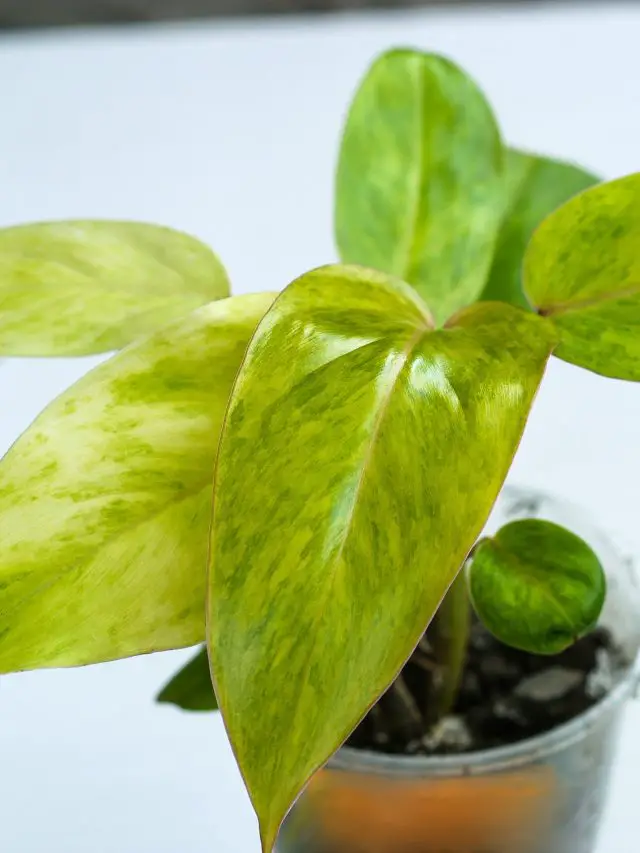
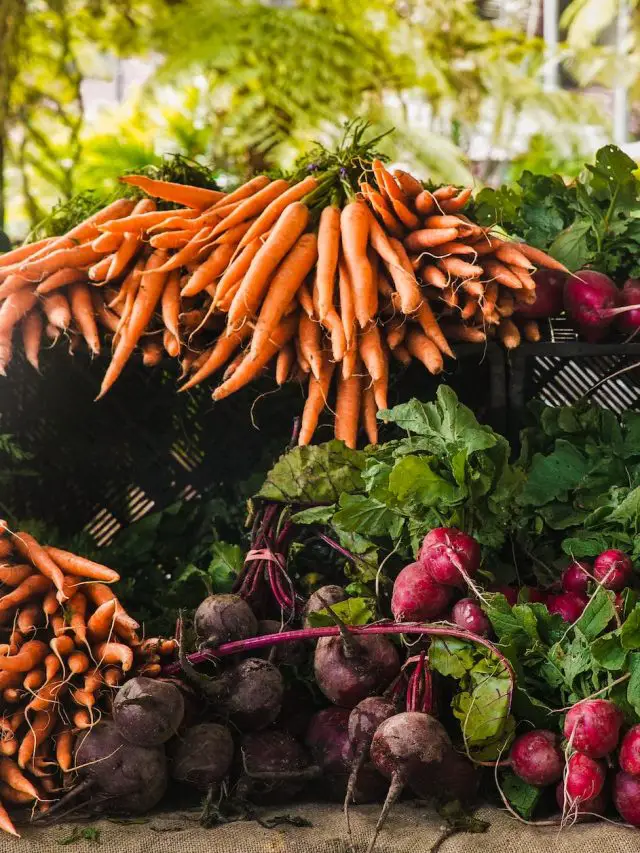
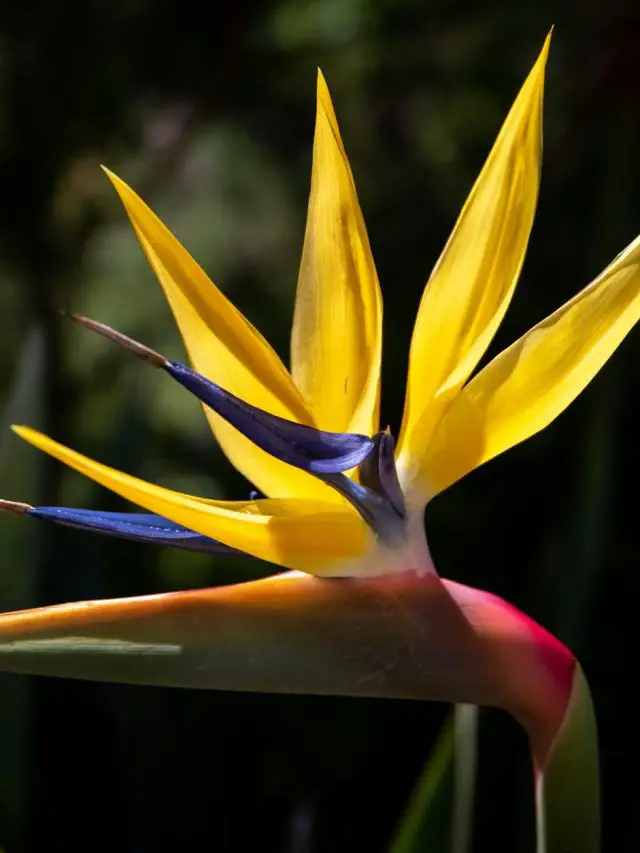
[…] Growing Zucchini from Seeds […]
[…] Growing Zucchini from Seeds […]
[…] of nitrogen, phosphorus, and potassium, which are essential for plant development. Seedling trays can be used to start the zucchini seeds indoors before transplanting them to the garden. This method allows for better […]
[…] 6. Zucchini […]